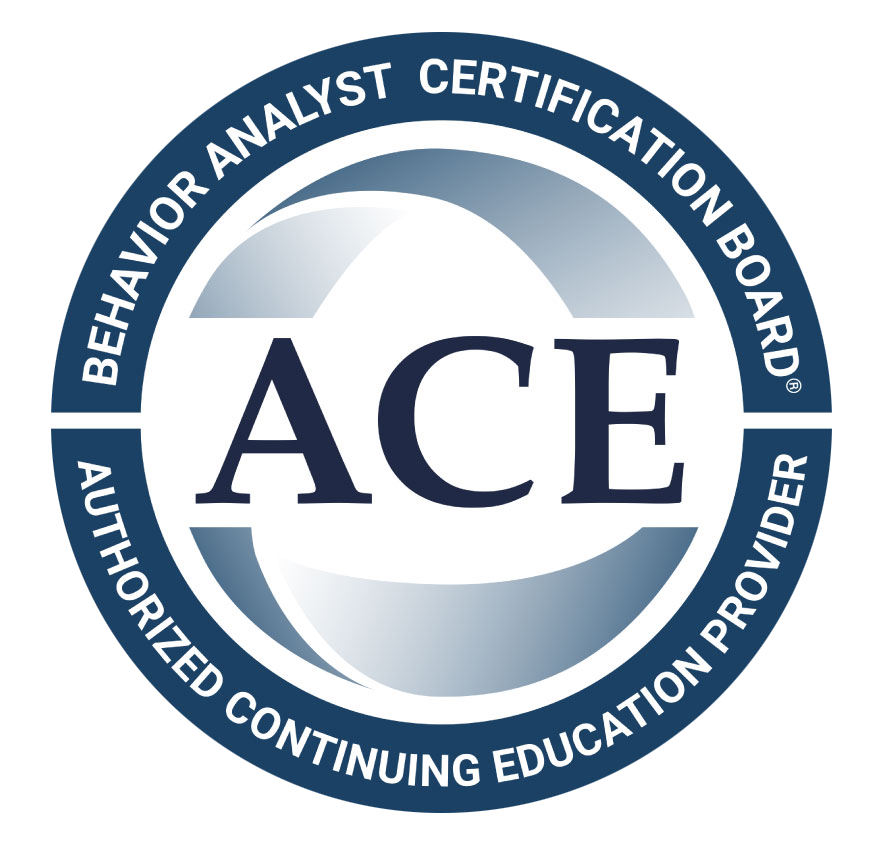Are you searching for effective methods to support individuals with behavioral challenges? Applied Behavior Analysis (ABA) therapy techniques offer a structured and evidence-based approach to address a wide range of behavioral issues. Whether it's assisting individuals with autism spectrum disorder (ASD), developmental disabilities, or other behavioral concerns, ABA therapy techniques provide personalized interventions to foster positive behavioral changes and enhance overall quality of life.
Understanding ABA Therapy Techniques
ABA therapy is grounded in the principles of learning theory, focusing on observable behaviors and the environmental factors that influence them. By identifying the functions of behaviors and implementing targeted interventions, ABA therapists aim to increase desired behaviors while reducing problematic ones.
Common ABA Therapy Techniques
Here are some key ABA therapy techniques commonly used in behavioral intervention:
1. Discrete Trial Training
Discrete Trial Training, or DTT, is a structured teaching method that breaks down skills into smaller components. Through repetition and reinforcement, individuals learn new skills and behaviors. This technique is particularly effective for teaching basic skills such as language, social interaction, and self-care.
2. Positive Reinforcement
Positive reinforcement involves providing rewards or praise immediately after desired behaviors occur. By reinforcing positive behaviors, individuals are more likely to repeat them in the future. This technique helps shape behavior and encourages the development of new skills.
3. Prompting and Prompt Fading
Prompting involves providing cues or assistance to help individuals perform desired behaviors. As individuals become more proficient, prompts are gradually faded to encourage independence. Prompt fading allows individuals to generalize skills across different settings and situations.
4. Functional Communication Training
Functional Communication Training, or FCT, focuses on teaching individuals alternative ways to communicate their needs and desires effectively. By replacing problem behaviors with appropriate communication skills, FCT promotes positive social interactions and reduces frustration.
5. Task Analysis
Task analysis involves breaking down complex skills into smaller, manageable steps. Each step is taught sequentially, allowing individuals to master one component before moving on to the next. Task analysis is particularly beneficial for teaching complex skills such as self-help tasks and vocational skills.
6. Behavioral Contracts
Behavioral contracts outline specific goals, expectations, and consequences for behavior. Individuals participate in developing the contract, which promotes ownership and accountability. By clearly defining expectations and rewards, behavioral contracts encourage motivation and compliance.
7. Token Economies
Token economies utilize tokens or points as a form of currency to reinforce desired behaviors. Individuals earn tokens for engaging in target behaviors and can exchange them for preferred rewards or privileges. Token economies are effective for promoting consistency and motivation in behavior management.
Implementing ABA Therapy Techniques
Successful implementation of ABA therapy techniques requires collaboration between behavior technicians, individuals, families, and other support systems. Here are some tips for effectively applying ABA therapy techniques:
1. Individualized Assessment
Conduct thorough assessments to identify the specific needs, strengths, and preferences of each individual. Tailor interventions based on the unique characteristics and circumstances of the individual.
2. Consistent Reinforcement
Consistency is key to behavior change. Ensure that reinforcement is delivered consistently across settings and by all caregivers involved. Consistent reinforcement increases the likelihood of behavior maintenance and generalization.
3. Data Collection and Analysis
Collect data to track progress and monitor the effectiveness of interventions. Analyze data regularly to make data-driven decisions and adjust interventions as needed. Data collection provides valuable insights into the effectiveness of ABA therapy techniques.
4. Collaboration and Communication
Foster open communication and collaboration among all stakeholders involved in the individual's care. Share information, strategies, and successes to ensure continuity of support and maximize outcomes.
5. Continued Learning and Professional Development
Stay updated on the latest research, trends, and best practices in ABA therapy. Participate in ongoing training and professional development to enhance skills and expertise in implementing ABA therapy techniques effectively.
Conclusion
ABA therapy techniques offer valuable strategies for addressing behavioral challenges and promoting positive outcomes in individuals with diverse needs. By understanding and implementing these techniques effectively, individuals can unlock their potential and thrive in all aspects of life.
Unlocking Potential with Connect n Care
At Connect n Care, we specialize in providing personalized ABA therapy services tailored to the unique needs of each individual. Our team of experienced ABA therapists utilizes evidence-based techniques to support individuals with behavioral challenges and promote meaningful behavior change. Through collaborative partnerships with families and caregivers, we empower individuals to reach their full potential and lead fulfilling lives.
If you're seeking comprehensive ABA therapy services that prioritize individualized care and positive outcomes, Connect n Care is here to help. Contact us today to learn more about our services and how we can support you on your journey towards success.









